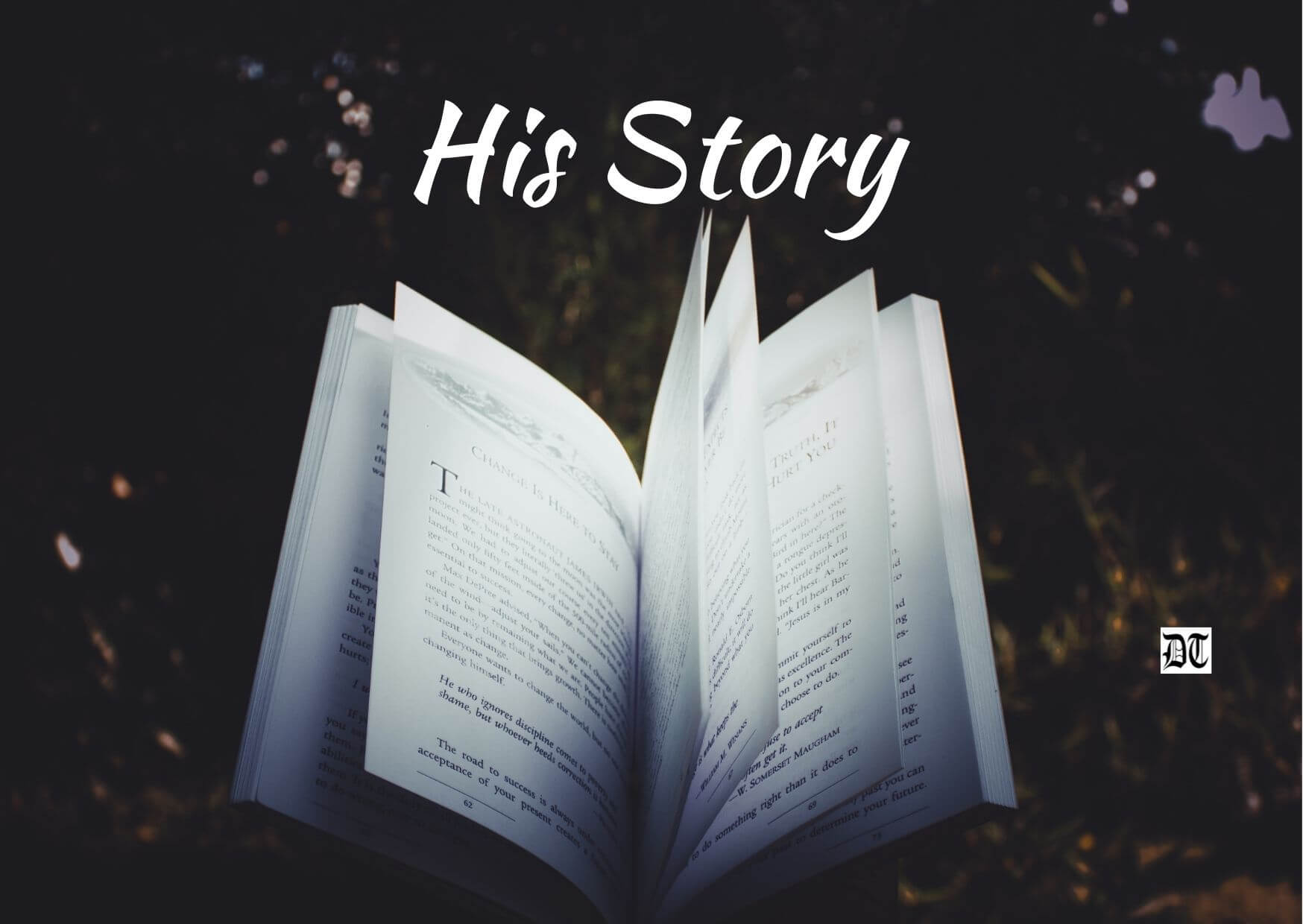Bangaliyana is the search for the composite Bengali identity in distant lands. It’s not just the clothes, food, music, adda, humour or language but something much deeper. Durga Puja is the time when Bengalis all over the world return to their roots. This rootedness is the Bengalis’ need for asserting their identity. The void of leaving one’s home and hearth is often filled by the need to stay connected and rooted in one’s essential tradition. Durga Puja is the cultural focus of Bengalis. Anumita tells us, “Durga Puja is a typical Bengali fever. Five days of festivity precedes many days of preparations and many more days after it. It seems a month full of smiles, food, music and joy.” Here’s a report about Bangaliyana, as part of the Durga Puja special feature, exclusively in Different Truths.
As the season of fall (autumn) approaches, the sky takes a new hue. Especially for the Bengali people living all around the globe, it is the feeling of expectancy of joy. Their whisper, “Ma Ashchen” (Ma is arriving) is heard often. It is the call for the celebration of ‘Durga Pujo.’ Durga Puja is a typical Bengali fever. Five-day of festivity precedes many days of preparations and many more days after it. It seems a month full of smiles, food, music and joy.
I have been living in the US for almost 18 years and have enjoyed Durga Puja in a different flavor. We celebrate it with friends who have become more than family members, over the years. Year after year, we have kept our Bangaliyana (essential Bengali identity) alive, the flavor of being and celebrating as a Bengali, irrespective of the geographical location.
Durga Puja, in most of the cities of US, is celebrated during the nearest weekend of the actual dates of the Puja. But the celebration starts a few days earlier during the day of Mahalaya. My friends Saibalini and Anondo open their home for us. We get together and listen to the Mahalaya chanted by Birendra Krishno Bhadra. We cook khichuri (rice and lentil), alu bhaja (potato fry), dim bhaja (omelette) and other comfort foods. Then we dance to the beats of the dhak (drum).
The whole idea is to feel like family and enjoy it even though we live across the globe from our near and dear ones.
Durga Puja has a unique connotation amongst the Bengali mohila (ladies), bhodrolok (gentlemen) and baccha (children), new clothes. In the past, during Durga Puja, the family invested in the new clothes irrespective of their financial capacity. Now it is about the latest fashion. Bengali women shop to their heart’s content. Each day of the celebration would mean a new saree to wear; some ladies wear it in sadadide or shabegi (typical Bengali form). Different colors, textures, motif, and designs make the festivity like a kaleidoscope.
Children in this part of the world are mostly the second generation immigrants. Most of them love to wear their ethnic wears and mingle into the festivity. Men folks are all decked up in paijama-punjabi and some dare to wear the dhoti. Our Bangali bhodrolks (gentlemen) are quite a sport, most of the time.
The weekend of the Puja usually starts with early morning prayers and offerings and after that, there is a bit of downtime to chat and mingle. The ladies get to admire each other and pose for pictures. Some ‘selfies’ are always on the calling card, but most of the photographers are the husbands, who are ready with cameras around their neck. The wives huddle, smile and pose and the husbands oblige with all the clicks.
The ladies take turns to help out in the kitchen and the green room. The kitchen staff is also made of the members of the community. Most of the ladies are instructed to cook some of the dishes from home and bring it over. Some of the cooking is done in the kitchen. Typically the menu is Bengali food, with vegetarian for Saturday’s lunch and non-vegetarian for dinner and Sunday lunch. Yes, there are mistis (sweets) and fish, lots and lots of them. As Bengali people love their sweet and fish, so a menu without these two dishes are unthinkable. All of these are home made by the community members. Rarely some bulk food is ordered from the temple or restaurants.
The evenings are filled with cultural programs. Music, dance, drama, and a variety of programs entertain all the members of the community. Most of the programs are executed and performed by the local members, but some invited celebrities are also present.
At the end of the celebration, on late Sunday afternoon, we celebrate the bhashan (immersion of idol). Bijoya Dashami starts with sindoor khela (playing with vermilion) among the ladies. The beat of dhak booms through the hall. Everyone gets into the beat and dance for hours.
The celebration does not end here, as Bijoya Dashami means to get together and more adda (chatting). Friends and families visit each other or plan a gathering and bring mouthwatering food. Again, sweets take a center stage on the table. Younger people take blessing from their elders and kolakuli (hugs of love) takes place amongst equals. On the fifteenth day of the lunar calendar, the full moon, it’s time for Lokhi Puja. Every Bengali household welcomes Lokhi Thakur (Goddess Lakshmi) to their homes and hearths. In my city, our good friend Dalia, invites us to her house for Lokhi Puja. After the prayers, she serves Bhog as dinner for all.
After that, Bengali people wait for one more lunar cycle for the celebration of Kali Puja (Diwali), during the new moon night. Celebrations never end with a particular date. As long as there are friends and family around, celebrations will always continue. So here we are keeping our Bangaliyana alive, irrespective where we live on the earth.
©Anumita Chatterjee Roy
Pix by author.





 By
By
 By
By